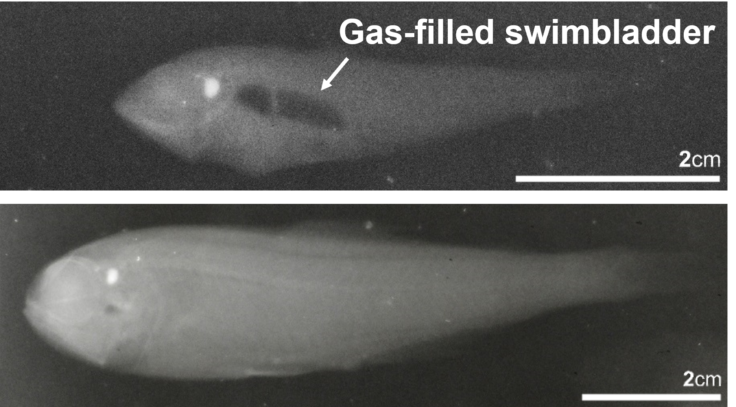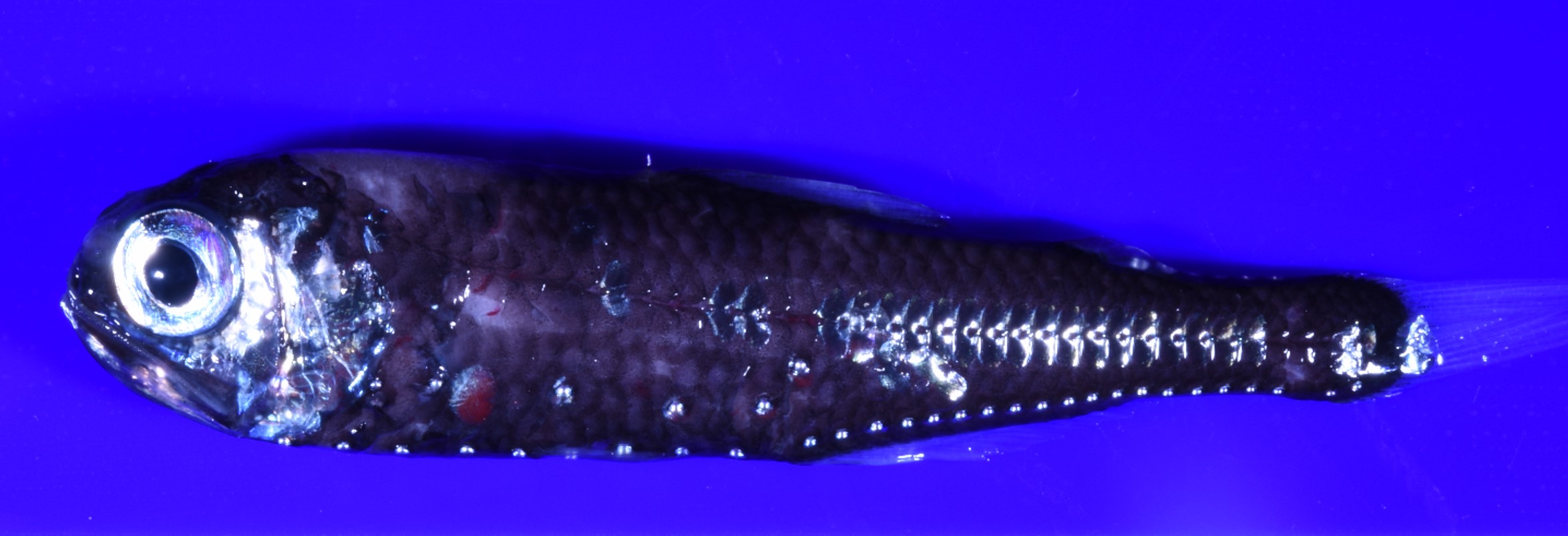More fish in ‘twilight zone’ than previously thought
A new study highlights there could be up to four times more fish in the mesopelagic, or ‘twilight’, zone of the Southern Ocean than previously thought.
Scientists at British Antarctic Survey and Bristol University discovered that by accounting for different acoustic properties of fish, the biomass, or total weight, of mesopelagic fish is likely to be 1.8 – 3.6 times higher than they previously calculated. Large numbers of the fish were discovered close to the seasonal ice edge – an important feeding ground for seals and penguins. This important finding alters the way researchers will need to think about studying the animals that live in the high-latitude regions close to Antarctica.
To estimate the biomass of fish in the twilight zone – the area of ocean at 200-1000m below sea level – scientists used acoustic instruments called echosounders. These instruments emit pulses of sound into the water which are then reflected by the fish – in particular by the gas in their swimbladders, an organ used for buoyancy. Researchers then measure the return ‘echo’ and use this to estimate the number of fish.

Photo: Tracey Dornan
Previous research based estimates of fish biomass on the average ‘echo’ expected from a fish. However, the majority of fish that live in colder polar waters lose the highly-reflective gas in their swimbladders. This means they produce a smaller acoustic signal and, subsequently, their biomass has been underestimated.
In this study, scientists used net samples to identify the species present and study the size, shape and structure of the individual fish species. This information was used to model the expected echo from the most common species. By combining this with echosounder data, the researchers were able to estimate the mesopelagic fish biomass.

Credit: Tracey Dornan
Lead author Dr Tracey Dornan, a fisheries acoustician at British Antarctic Survey says:
“This research is hugely important as people have interpreted declines in acoustic survey signals towards Antarctica as a decrease in fish biomass – but this isn’t the case. We’ve shown that there is actually likely to be a peak in fish biomass towards the seasonal ice edge, but the typically larger fish that live here are relatively poor at scattering the acoustic signal back because they lack a gas-filled swimbladder, so their biomass has been underestimated.”
Fish living in the twilight zone not only form an important part of predators’ diets, including king penguins and seals, but also play a vital role in the ocean’s carbon cycle. The twilight-zone fish migrate vertically, feeding on zooplankton in surface waters before returning to the ocean depths during the day. This vertical migration transports surface carbon to deep water through respiration.

Credit: BAS
Co-author and ecologist Dr Sophie Fielding, who supervised the project, says:
“This research highlights the importance of accounting for the unique scattering properties of individual species. This is particularly important in the face of climate change, as studies have predicted that acoustic signal is likely to increase. However, this could indicate a decrease in fish biomass as smaller, highly-reflective species move further south.”
Read the open-access paper here.
Large mesopelagic fish biomass in the Southern Ocean resolved by acoustic properties by Dornan, T., Fielding, S., Saunders, R.A., and Genner, M.J. is published in Proceedings of the Royal Society B, January 2022. DOI: 10.1098/rspb.2021.1781